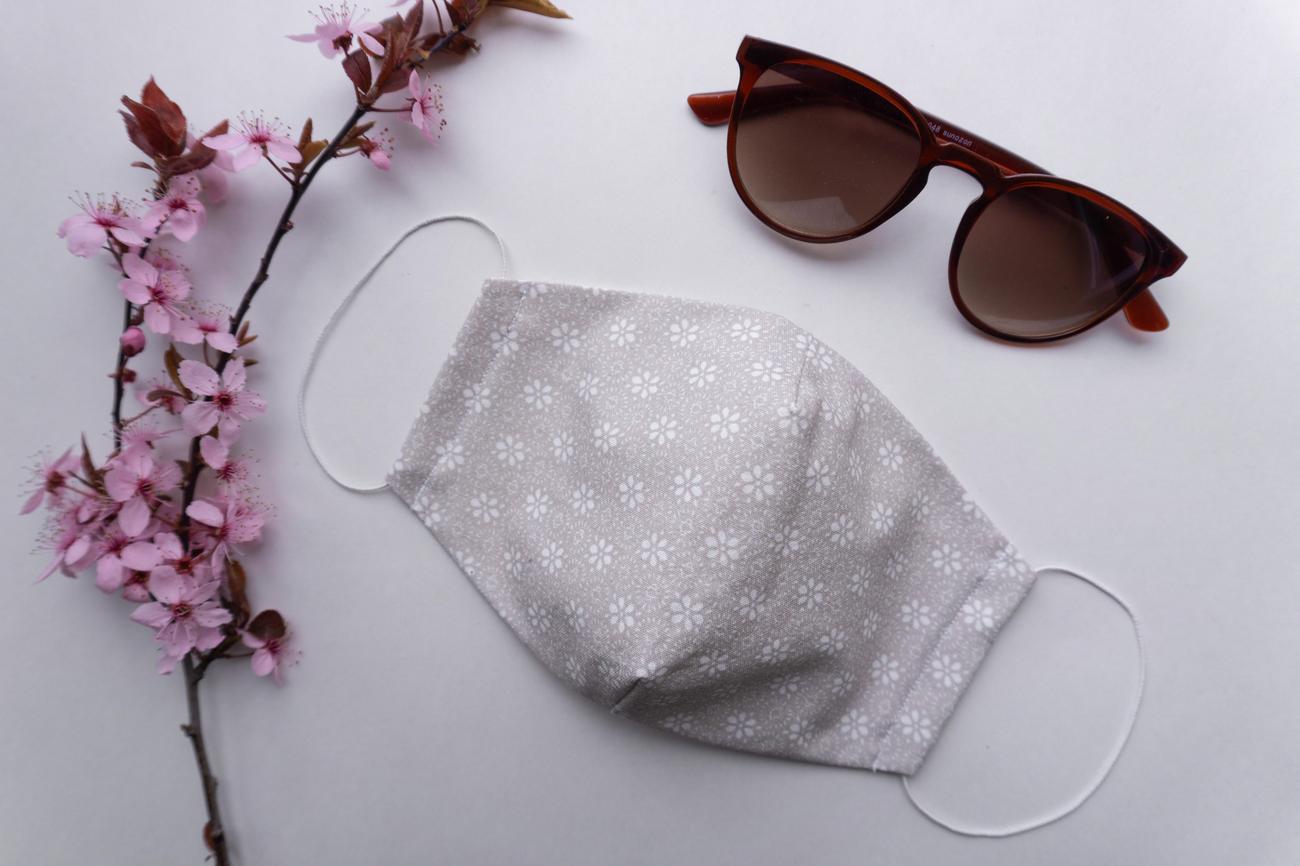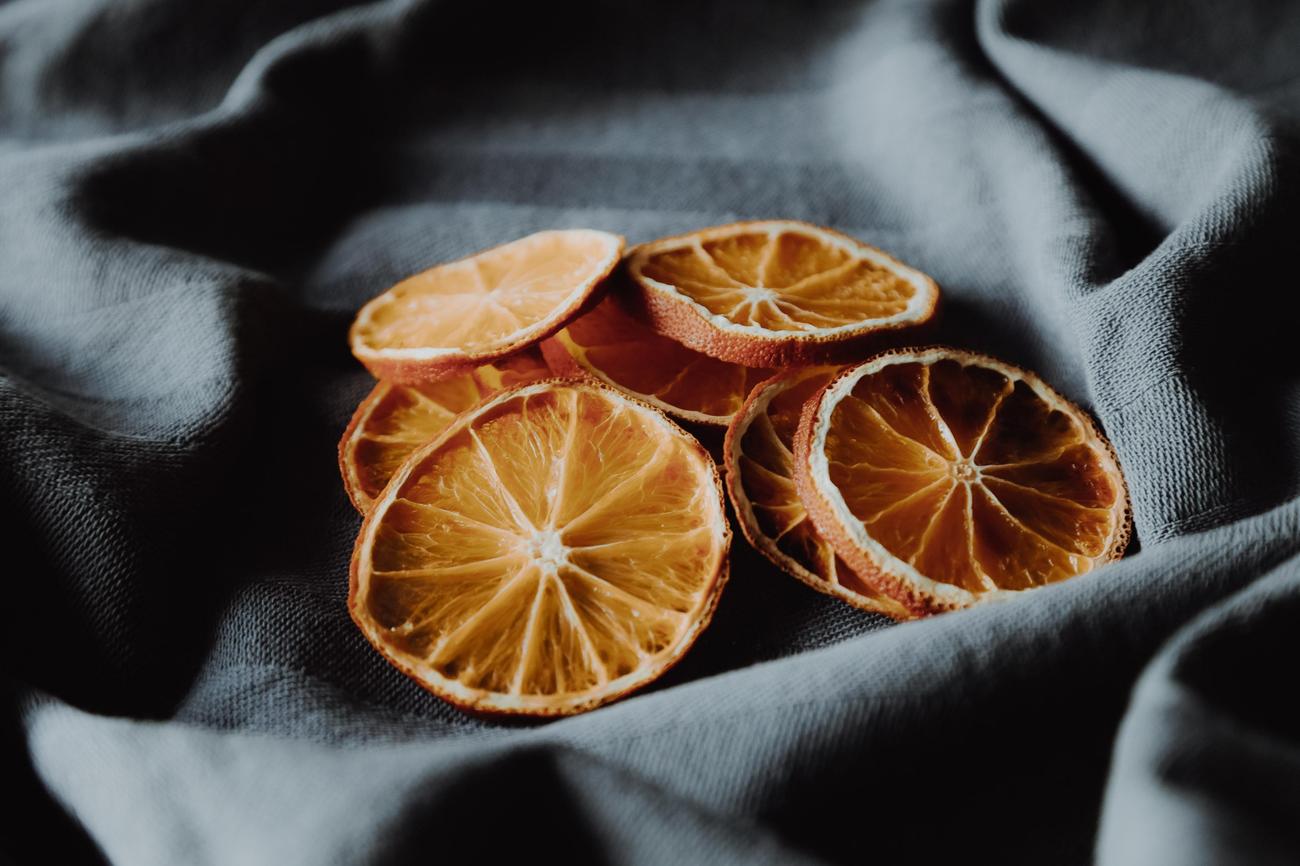Are you ready to uncover the hidden world of cotton? Prepare to be fascinated as we delve into the realm of unusual cotton facts. From extraordinary scientific discoveries to mind-boggling historical anecdotes, this article will take you on a captivating journey through the mystique of this seemingly ordinary fiber. So, fasten your seatbelts and get ready to be amazed by the untold stories lurking beneath the surface of the cotton industry.

Unusual Facts About Cotton
Do you ever stop and think about the everyday items we use, like clothes and banknotes, and wonder about the stories behind them? Cotton, a seemingly ordinary fiber, has a fascinating history and surprising characteristics that make it truly extraordinary. In this article, we will delve into some unusual facts about cotton that will surely captivate your curiosity and leave you wanting to learn more.
Colors That Go Beyond White
When we think of cotton, the first color that comes to mind is usually white. But did you know that cotton can be grown in a variety of colors? That’s right, cotton can go beyond the traditional white and be cultivated in shades like off white, brown, and even rust. In some cases, you might even come across cotton in a unique light purple hue. This diversity of colors adds an unexpected twist to our perception of cotton as a plain and ordinary material.
“Cotton’s palette extends far beyond the familiar white, encompassing an array of earthy tones and even a touch of regal elegance.”
The Global Giants of Cotton Production
Now that we’ve explored the different colors of cotton, let’s take a global perspective on its production. India takes the lead as the largest producer of cotton in the world, followed closely by the United States and China. These countries possess the ideal climate and agricultural infrastructure to cultivate vast amounts of cotton, contributing significantly to the global textile industry. Their remarkable production capacities highlight the enduring importance of cotton as a raw material in our modern society.
“When it comes to cotton production, these nations reign supreme, showcasing their prowess in the global textile landscape.”
Cotton: Strength in Wetness
When you think of wet fabric, your mind may naturally go to the idea of it becoming weak and fragile. However, cotton defies this notion as it actually becomes stronger when wet. This unique characteristic sets cotton apart from other cellulosic fibers, making it an ideal choice for items that experience regular exposure to moisture, such as towels and swimsuits. Cotton’s strength in wetness is a testament to its durability and resilience, proving its versatility across various applications.
“While many fibers succumb to weakness when wet, cotton defies the odds, showcasing true strength even in the face of moisture.”
An Ancient Fiber That Stands the Test of Time
Cotton has a rich and storied past, having been used for over 7,000 years. From ancient civilizations to modern-day society, cotton has remained a staple in our lives, providing comfort and versatility in various forms. It has witnessed the rise and fall of empires, the development of trade routes, and the evolution of fashion. Its longevity speaks volumes about its enduring value and unrivaled place in human history.
“Across centuries and civilizations, cotton has stood the test of time, weaving itself into the fabric of our existence.”
A World of Cotton Variety
Did you know that there are over 50 different natural species of cotton? Each species has its own unique characteristics, such as fiber length and thickness, influencing the quality and applications of the cotton produced. This diverse range of cotton varieties ensures that different needs and preferences can be met, whether it be for clothing, upholstery, or industrial purposes. The world of cotton is a vibrant tapestry of possibilities.
“Within the cotton family, a rich tapestry of variety unfolds, offering a spectrum of options to suit every need and desire.”
Fruitful Cotton Fields
Imagine strolling through a cotton field and discovering that scattered amongst the plants are small, fluffy fruits. Yes, you heard that right, cotton plants produce fruit. These fruit capsules, commonly known as bolls, contain the cotton fibers that we harvest for various purposes. It’s a whimsical sight to see cotton plants bearing both flowers and fruit simultaneously, showcasing nature’s ingenious way of intertwining beauty and functionality.
“In the enchanting world of cotton, the line between flower and fruit blurs, creating a scene of natural wonder that fuels our curiosity.”
From Fields to Banknotes
Next time you examine a banknote, take a moment to appreciate the fact that it is most likely made using cotton. Due to its durability and resilience, cotton has long been used as a material for printing money. The fibers of cotton can withstand the rigorous handling of banknotes, ensuring their longevity in circulation. So, the next time you reach for your wallet, remember that cotton has played an essential role in the creation and preservation of our currency.
“Beyond the exchange of goods and services, cotton leaves its mark on the financial realm, securely woven into the fibers of our banknotes.”
A Giant Leap for Cotton
In 2019, cotton made history by becoming the first plant to grow on the moon. A cotton plant was successfully grown aboard the Chang’e 4 spacecraft as part of a biological experiment. This extraordinary feat represents a significant milestone in scientific exploration and demonstrates the potential for self-sustainability during future space missions. Who would have thought that cotton, a humble fiber, could reach beyond the bounds of Earth?
“From the fertile grounds of Earth to the vastness of space, cotton takes a giant leap, entwining itself with the cosmos.”
In conclusion, the world of cotton is filled with surprises and delights, waiting to be discovered. Its array of colors, global production scale, unique strength, historical significance, diverse varieties, fruit production, use in banknotes, and even its excursions to the moon make it a captivating subject. So the next time you pick up a cotton garment or handle a banknote, take a moment to appreciate the extraordinary journey and the unusual facts about cotton that make it truly remarkable.
Eastern cottontail rabbits are truly fascinating creatures, with their fluffy white tails and adorable appearance. But did you know that they are also masters of camouflage? These elusive rabbits have the ability to change their fur color depending on the season, perfectly blending in with their surroundings. If you want to uncover more fun facts about eastern cottontail rabbits, click here!
fun facts about eastern cottontail rabbits

FAQ
Q: What are some unusual colors in which cotton can be grown?
A: Cotton can be grown in a variety of colors, including off white, brown, rust, and even light purple.
Q: Which countries are the largest producers of cotton?
A: The largest producer of cotton in the world is India, followed by the U.S. and China.
Q: How does the strength of cotton differ from other cellulosic fibers?
A: Unlike other cellulosic fibers, cotton becomes stronger when wet.
Q: How long has cotton been in use?
A: Cotton has been used for over 7,000 years.
Q: How many natural species of cotton are there?
A: There are 50 different natural species of cotton.
- Georgia Platform: A Southern Strategy, 1850s - March 31, 2025
- How many weeks is 40 days: Quick Conversion Guide for Accurate Results - March 31, 2025
- How many feet is 300 meters? 984 Feet: Understand Length Conversions Easily - March 31, 2025
















